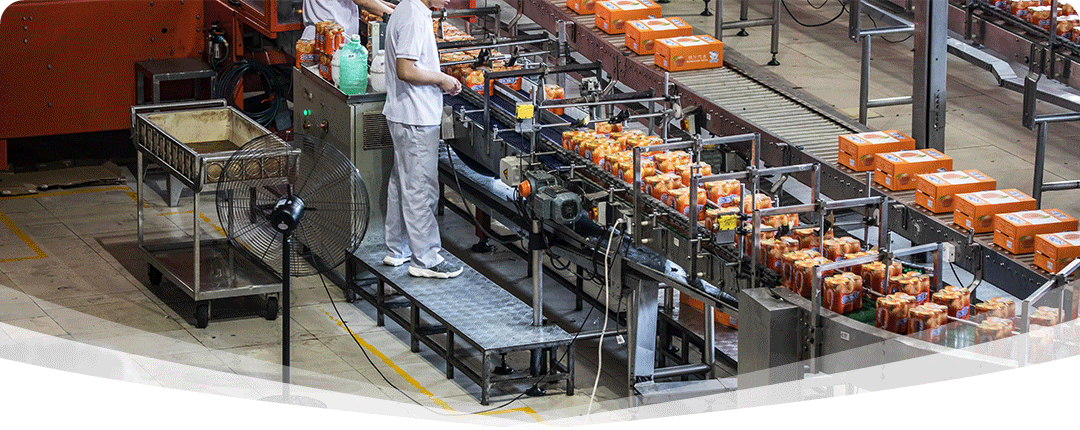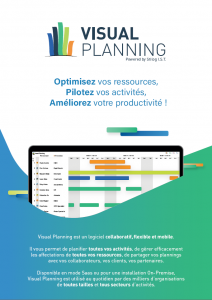In early 2020 — just before the COVID-19 pandemic began a long onslaught on supply chains and other aspects of productivity for many businesses — an article in Industry Week declared production scheduling to be broken. Managing production is hard, said the article, which also noted that many organizations allow persistent disconnects between scheduling and reality.
Some solutions presented by the Industry Week article included:
- Working to correctly anticipate variability, which includes the waxing and waning of productivity over different times of day as well as highs and lows related to staffing
- Controlling what work is in progress and ensuring the right resources are allocated to the right tasks at the right time
- Prioritizing tasks to support on-time deliveries of all work
If there were challenges in March 2020, you can bet there are equal or greater challenges facing organizations engaged in production scheduling today. Supply chain disruptions, shortages on materials and problems hiring enough staff are some of the common issues plaguing businesses in 2021 and into 2022.
But your production scheduling processes don’t have to be broken. Visual Planning has always made it possible for organizations to rise to the occasion when it comes to production scheduling, and Visual Planning 8 contains a number of upgrades that can improve processes even more. Check out seven of those upgrades below to find out what they might mean for production scheduling.
1. GANTT Charts Let You Preplan All Project Components
Complex production projects can be especially difficult to plan for. They may require multiple phases with different resources in each. In some cases, you may be able to run phases simultaneously while others are depending on work that came before.
A GANTT chart makes it easy to visualize those components of a project and understand the resources you need at critical times in production. You can decide, for example, that two pre-production tasks can run side-by-side — let’s call them A and B. But a third task, C, may not be able to launch until deliverables from A have been made.
In this case, you need to know how much time task A takes so you can schedule the resources for task C appropriately. A GANTT chart helps you understand all those moving parts in connection with each other.
And in Visual Planning 8, GANTT chart functionality extends to scheduling. You can drag-and-drop resources right onto the chart to figure out whether all areas of the production project can be covered at the right time. You might see, for example, that you have resources for A and B but that you don’t have available resources for task C at the same time that A is complete. This lets you proactively manage resources by bringing in new staff, contracting with external options or reallocating from other projects that aren’t as time-sensitive.
2. The Critical Path Supports Accurate Time Estimates
Another upgrade to the GANTT chart in Visual Planning 8 is the critical path. The critical path is a visual depiction (via a line) of the longest path through your project.
Consider the example of A, B and C tasks from above. A and B can run at the same time, but C can’t run until A is done. If A takes two weeks, B takes one week and C takes one week, the critical path runs through A and C. That’s a total of three weeks for that part of the project.
Understanding the critical path helps you make accurate estimates on when work can be delivered, keeping stakeholders and customers updated and more satisfied. If you make changes in the GANTT chart, the critical path automatically updates so you always know where you stand regarding deadlines.
3. Custom Dashboards Help Identify and Proactively Address Delays
In Visual Planning 8, you can create dashboards for every profile in the system. Production floor workers who use the system can get a view that aligns with their needs. Stakeholders can get a different view that keeps them updated on overall progress. And production schedulers and managers can get other views that help them oversee production and identify delays and bottlenecks as they’re occurring. This allows for proactive approaches in delays to reduce the overall impact on deadlines.
4. Simplified Resource Allocation Identifies the Right People and Machines
Proactive production scheduling shouldn’t just occur when delays start to arise, though. It should be inherent in the process from the beginning. Visual Planning 8’s simplified resource allocation technology makes that even more possible.
You can set up task rules that govern what type of resources need to be assigned to each task. For human resources, rules might include skills and certifications. For equipment, it might include factors such as capacity. And for every resource, Visual Planning takes availability into account.
When scheduling production tasks in the system, you can click and filter easily to see what applicable resources are available. That way you can be sure the person assigned to operate a machine has the right authorization and training and is actually scheduled to be at work during the shift in question.
5. Task Insertion Makes it Easy to Update Events and Shifts
Drag-and-drop functionality makes it super easy to insert an event into the schedule. And Visual Planning 8 handles the work of reorganizing existing events if they’re in the way. It can split an existing event around something you inserted or move items forward in the schedule to accommodate for the new item.
6. You Can Push Calendar Items to Personal Agendas
Visual Planning previously allowed for iCal syncing. But version 8 lets you sync with personal agendas, pushing calendar and schedule items to Outlook or Google personal calendars for each user. This helps employees at all levels of your organization better understand their obligations and keep up with their schedules.
7. The Sleek Mobile App Is Friendly and Easy to Use
VPGO is the Visual Planning app and it’s been upgraded too. Easy-to-view screens, calendar options for tasks or weekly views and the ability to respond to threads and messages in the app keep everyone in touch. This can be important in production environments where access to computers isn’t an option for every employee or where tablets make more sense because they’re portable and easy to move about with on the production floor.
Contact Us for a Free Demo Today
Whether your production scheduling seems to be broken or you just want an easier, more efficient method, we can help. Contact us today to schedule a demo to find out more.
Manale is a passionate about digital marketing. She joined STILOG I.S.T in 2018.
She brings SEO & SEA expertise, email marketing and creative content marketing to create a great brand experience for Visual Planning customers.



